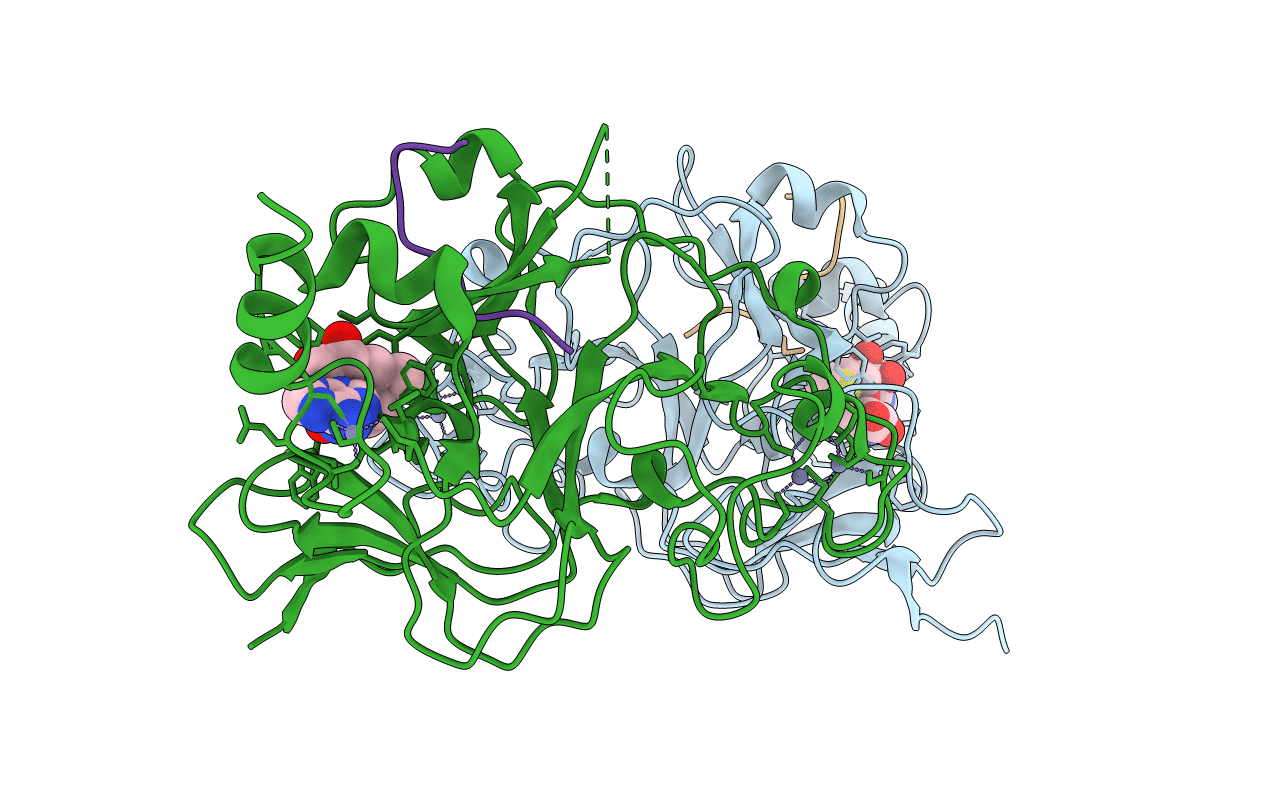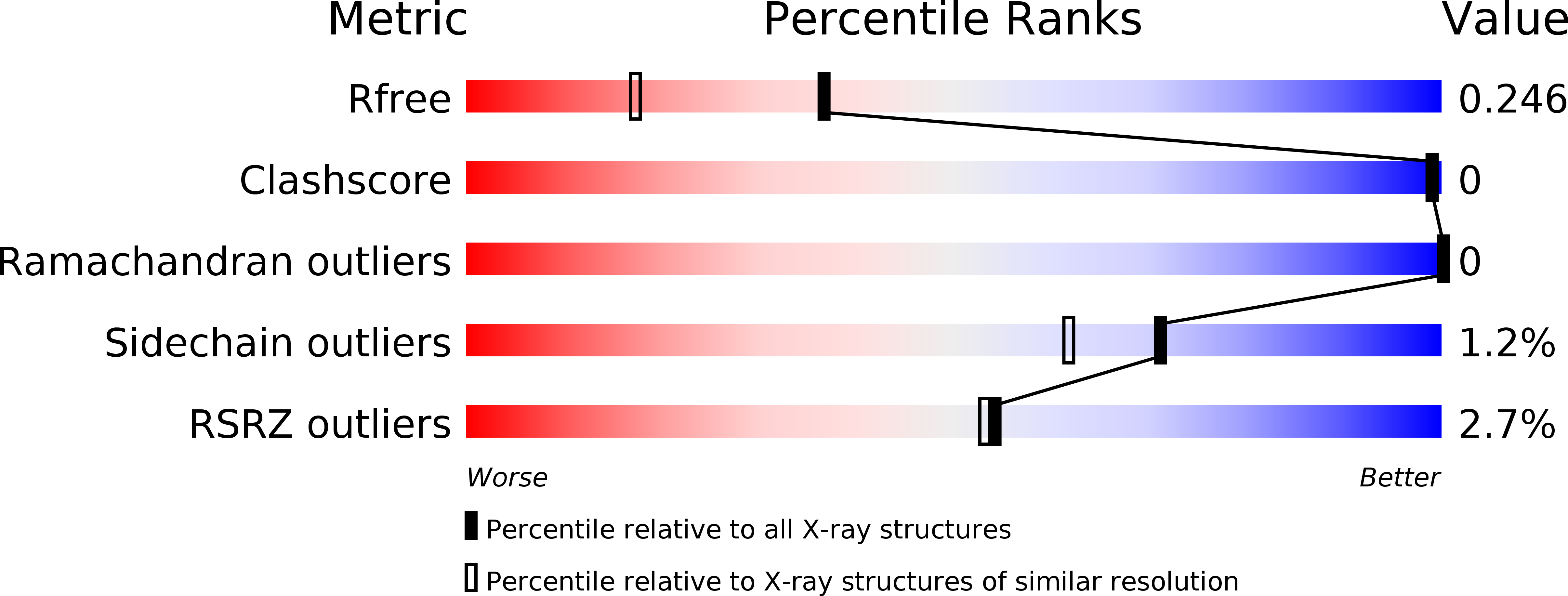
Deposition Date
2016-04-22
Release Date
2016-07-06
Last Version Date
2023-09-27
Entry Detail
PDB ID:
5JIN
Keywords:
Title:
Structure of G9a SET-domain with Histone H3K9M mutant peptide and bound S-adenosylmethionine
Biological Source:
Source Organism:
Homo sapiens (Taxon ID: 9606)
Host Organism:
Method Details:
Experimental Method:
Resolution:
1.85 Å
R-Value Free:
0.24
R-Value Work:
0.19
R-Value Observed:
0.19
Space Group:
P 1 21 1


